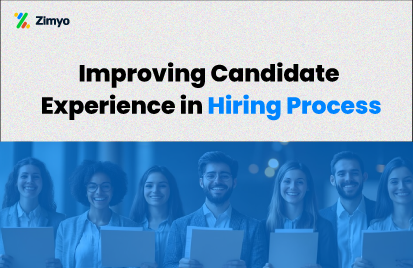Recruitment methods in 2025 are evolving at a huge pace. Companies are adopting both traditional and innovative approaches to attract top talent. So, if you are an HR professional, a hiring manager, or a recruiter, you need to get a basic understanding of the latest recruiting trends. It is important for staying ahead in the talent acquisition strategies game. Now, let us have a look at the 20 most effective recruitment methods to follow in 2025.
20 Effective Recruitment Methods in 2025
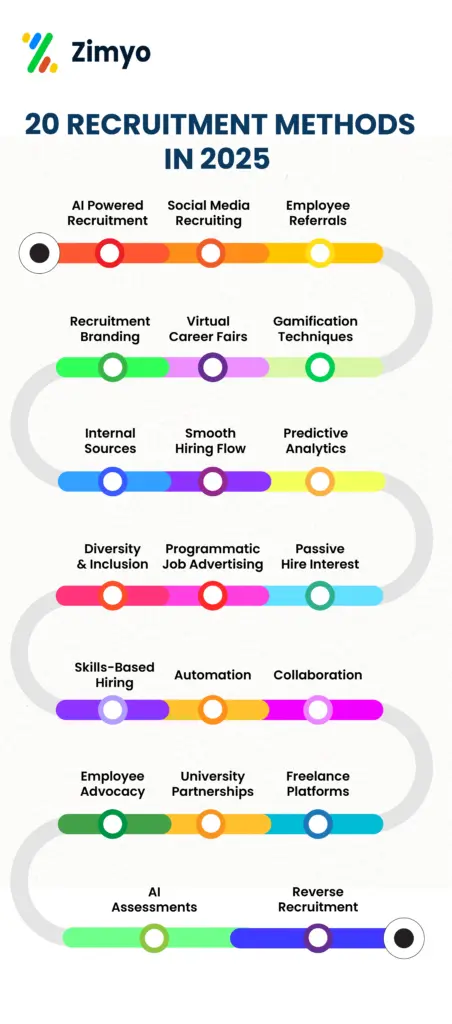
The top 20 most effective Recruitment Methods you as an HR Professional can use in 2025 are as follows:
- AI-Powered Recruitment Methods
- Social Media Recruiting Trends
- Internal Recruitment Sources & Employee Referral Programs
- Recruitment Branding Through Storytelling
- Virtual Career Fairs and Hiring Trends
- Gamification in Recruitment Techniques
- Internal Recruitment Sources and Mobility Programs
- Personalized Candidate Experience for Stronger Employer Branding
- Predictive Analytics for Hiring Trends
- Diversity and Inclusion Based Talent Acquisition
- Programmatic Job Advertising in Recruitment Branding
- Passive Candidate Engagement and Talent Acquisition Strategies
- Skills-Based Recruitment Techniques
- Automation in Talent Acquisition Strategies
- Collaborative Talent Acquisition
- Employer Branding Through Employee Advocacy
- College and University Partnerships for Talent Acquisition Strategies
- Hiring via Freelance Platforms and Recruitment Techniques
- Video Interviews and AI Assessments in Hiring Trends
- Reverse Recruitment Methods
Now, let us understand each one of these methods in detail.
1. AI-Powered Recruitment Methods

Artificial Intelligence (AI) is one of the latest and most ushering talent acquisition strategies. It helps in aligning the whole candidate sourcing process, including screening, and assessment drives too. Integrating AI and HRMS automation can easily scan resumes, predict candidate success, and conduct preliminary interviews. Thus, reducing the overall hiring time and increasing recruitment efficiency.
2. Social Media Recruiting Trends

Platforms like LinkedIn, Twitter, and even TikTok are becoming essential social media recruitment sources. Thereby, allowing employers to engage with candidates directly. Moreover, by showcasing company culture, employee testimonials, and job openings, businesses can level up their Employer Branding. Thus, attracting talent that aligns with their values.
3. Internal Recruitment Sources & Employee Referral Programs
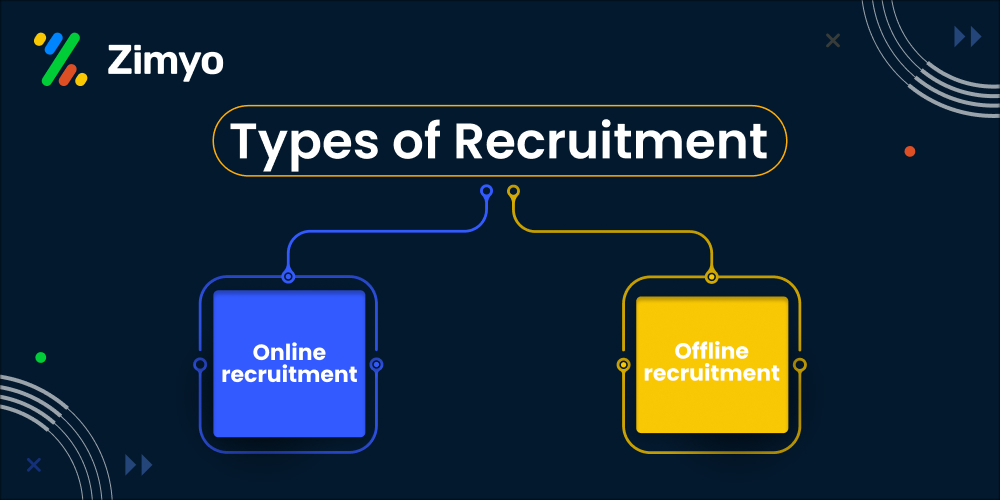
Internal recruitment sources like employee referrals are a cost-effective and reliable method of hiring. Employees can refer candidates from their network. Hence, leading to faster hiring, improved cultural fit, and higher retention rates. Additionally, offering incentives for successful referrals further encourages participation.
4. Recruitment Branding Through Storytelling
We all look for workplaces that align with our values. So, companies that invest in recruitment branding by sharing authentic employee stories and experiences on digital platforms create an emotional connection with potential hires. Resultantly, making them more likely to apply.
5. Virtual Career Fairs and Hiring Trends
Remote work on the rise. With this, virtual career fairs provide an efficient way to connect with job seekers across the world. These events allow recruiters to engage with a large talent pool of candidates, conduct interviews in real time, and showcase their Employer Branding to a diverse audience.
6. Gamification in Recruitment Techniques
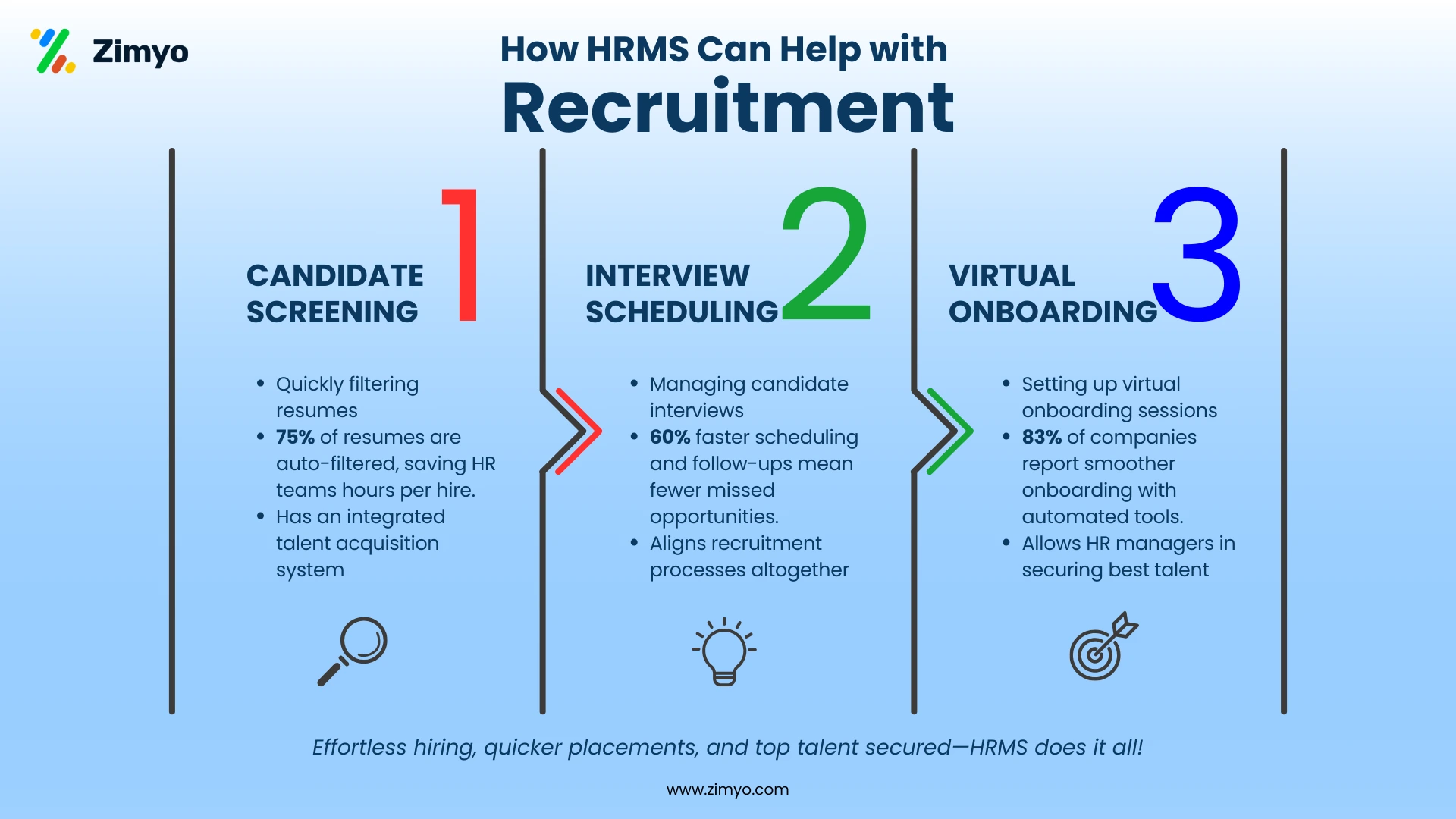
Gamified assessments and skill-based challenges are engaging recruitment techniques. These help in evaluating candidates’ practical skills. This method helps identify problem-solving skills, creativity, and teamwork. Therefore, making the hiring process more interactive and insightful.
7. Internal Recruitment Sources and Mobility Programs
Encouraging internal recruitment sources increases employee morale and utilizes existing talent. Companies can create clear career progression paths. They should also offer upskilling programs. These are sort of recruitment or talent acquisition strategies which help employees transition into new roles. Hence, reducing costs of external recruitment methods.
8. Personalized Candidate Experience for Stronger Employer Branding
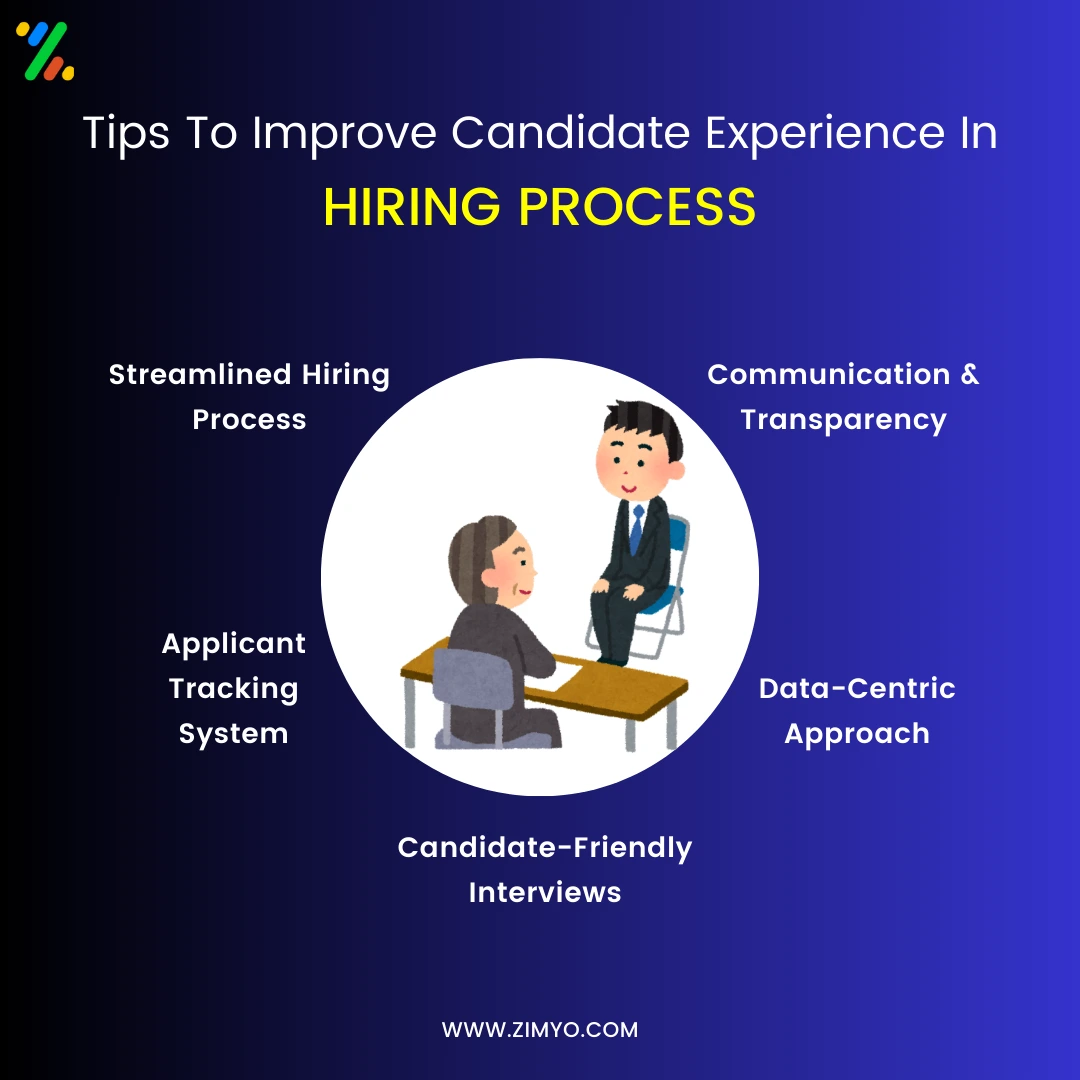
A positive candidate experience is crucial for attracting top talent. Companies that personalize communication, provide timely feedback, and offer a smooth hiring process, enhance their Employer Branding. Thereby, making their organization a “preferred choice” for job seekers.
9. Predictive Analytics for Hiring Trends

Data-based insights are becoming the new trend in recruitment techniques. Predictive analytics can analyze past hiring patterns, employee performance, and candidate behaviors too. This helps forecast a candidate’s success in a role. Thus, leading to more informed hiring decisions.
10. Diversity and Inclusion Based Talent Acquisition
A strong focus on inclusive hiring trends ensures businesses attract diverse talent. Implementing unbiased screening tools, inclusive job descriptions, and diverse interview panels helps create a more equitable hiring or talent acquisition strategy and promotes innovation within teams. This practice is also called DEI (Diversity, Equity and Inclusion).
11. Programmatic Job Advertising in Recruitment Branding
AI-based job advertisements automatically target the right audience based on data analytics. This recruitment method ensures job postings reach relevant candidates. It also helps in optimizing budget allocation and improving recruitment branding by increasing visibility.
12. Passive Candidate Engagement and Talent Acquisition Strategies
Many top professionals are not actively looking for jobs. But maybe open to new opportunities. So, building relationships with passive candidates through networking, personalized outreach, and talent communities creates a strong recruitment method pipeline for future hiring needs.
13. Skills-Based Recruitment Techniques
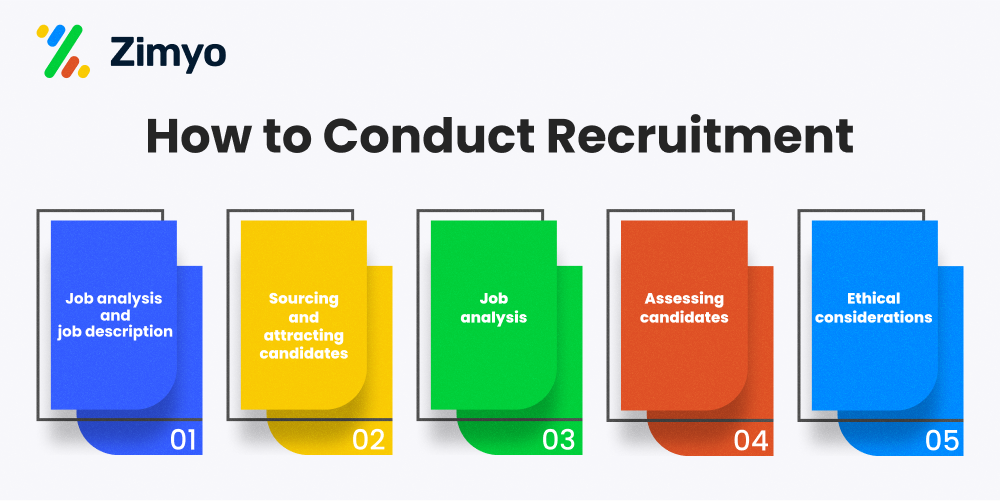
Shifting focus from degrees to skill-based recruitment methods allows recruiters to tap into non-traditional talent pools. Assessments, certifications, and practical tests help evaluate a candidate’s real capabilities. Thereby, making hiring more inclusive and effective.
14. Automation in Talent Acquisition Strategies

Now-a-days, we have ample recruitment automation tools. Such as Applicant Tracking Systems (ATS) or Recruitment Management Software. There are chatbots too. So, all of these automated tools combine to form a 360-degree powerful hiring solution. These software tools align application tracking, initial screening, and interview scheduling. This saves time for recruiters and ensures a smooth hiring process for candidates.
15. Collaborative Talent Acquisition
A collaborative hiring approach involves multiple stakeholders. These may include team members and managers in the recruitment process. This ensures diverse perspectives, better cultural alignment, and improved retention rates.
16. Employer Branding Through Employee Advocacy
Encouraging employees to share their experiences on social media and professional platforms enhances recruitment branding. When employees act as brand ambassadors, it creates authenticity and attracts potential candidates all organically.
17. College and University Partnerships for Talent Acquisition Strategies
Building relationships with educational institutions provides a steady stream of fresh talent. Internship programs, campus recruiting trends, and industry-academia collaborations help companies identify and nurture young professionals early.
18. Hiring via Freelance Platforms and Recruitment Techniques
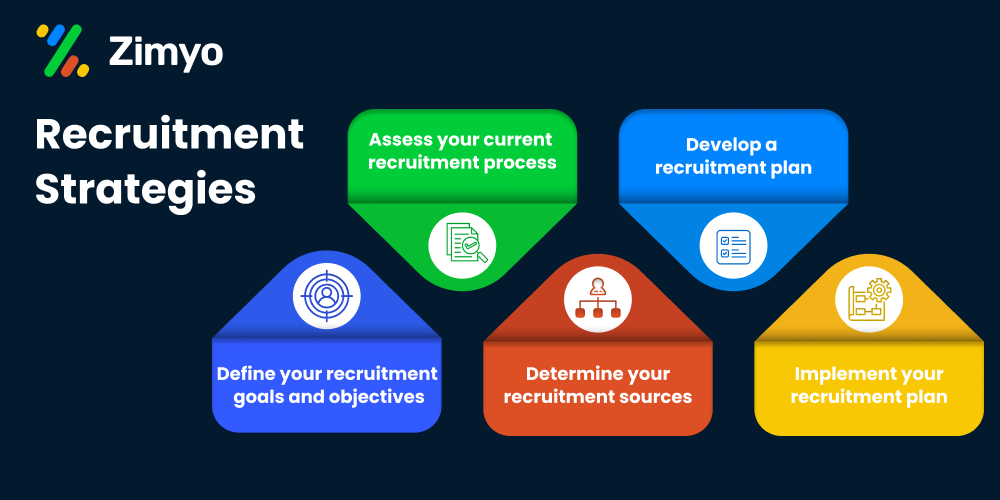
With the gig economy growing, utilizing platforms like Upwork, Fiverr, and Toptal for project-based hiring allows businesses to access specialized skills on demand. Thus, making it a flexible and cost-effective recruitment method.
19. Video Interviews and AI Assessments in Hiring Trends

Video interviews and AI-based assessments help screen candidates efficiently, especially for remote hiring. These tools evaluate speech patterns, body language, and technical skills. Thus, providing deeper insights into a candidate’s suitability for a role. Henceforth, making it one of the go-to recruitment methods.
20. Reverse Recruitment Methods
Instead of waiting for candidates to apply, recruiters proactively reach out to potential employees. And offer them opportunities that match their skills and aspirations. This approach is particularly useful for attracting top-tier passive candidates.
I was able to implement the platform on my own. It helps in assigning the tasks to other employees, conducting surveys and polls, and much more. The ease of use and self-onboarding is something that I would like to appreciate.
Sonali, Kommunicate
Zimyo simplifies attendance management for our organization. The leave and attendance are so streamlined that we have never faced any difficulties with the system.
Anurag, Eggoz Nutrition
The Crux
Staying updated with the latest recruiting trends is essential for companies aiming to attract and retain top talent. By implementing these innovative recruitment techniques and using internal recruitment sources, organizations can build strong Employer Branding and create a smooth hiring experience.
By adopting these hiring trends, businesses can refine their talent acquisition strategies and ensure they stay ahead in the competitive job market of 2025.
Frequently Asked Questions (FAQs)
How can AI be used in recruitment?
AI in recruitment helps companies hire faster and smarter by using technology to screen resumes, chat with candidates, and match the best people to jobs. AI recruiting tools can predict which candidates will succeed, making hiring decisions easier.
Recruiter AI also helps in scheduling interviews and answering candidate questions. With AI and recruiting, companies can remove hiring biases, improve job ads, and find top talent quickly.
Overall, artificial intelligence and recruiting make the hiring process smooth, fair, and more efficient for both employers and job seekers.
What is the best AI recruiting tool?
The best tool for AI in recruitment is Zimyo Recruitment Management Software, combined with its powerful Applicant Tracking System (ATS) feature. This tool makes AI recruiting easy by helping companies screen resumes, track applicants, and find the best candidates quickly.
Recruiter AI in Zimyo automates interviews, schedules meetings, and engages with job seekers, making hiring smooth and efficient. With AI and recruiting features, it reduces hiring time, removes bias, and ensures the best talent selection.
For businesses worldwide, artificial intelligence and recruiting through Zimyo provide the smartest and most effective hiring solution.
What is the future of AI in recruiting?
The future of AI in recruitment is all about faster, smarter, and fairer hiring. AI recruiting will improve resume screening, automate interviews, and enhance candidate matching using data-driven insights.
Recruiter AI will handle repetitive tasks, allowing recruiters to focus on building relationships. With AI and recruiting, companies will reduce hiring bias, predict workforce needs, and create a seamless experience for job seekers.
As artificial intelligence and recruiting evolve, hiring will become more efficient, inclusive, and personalized, transforming the way companies find top talent globally.

